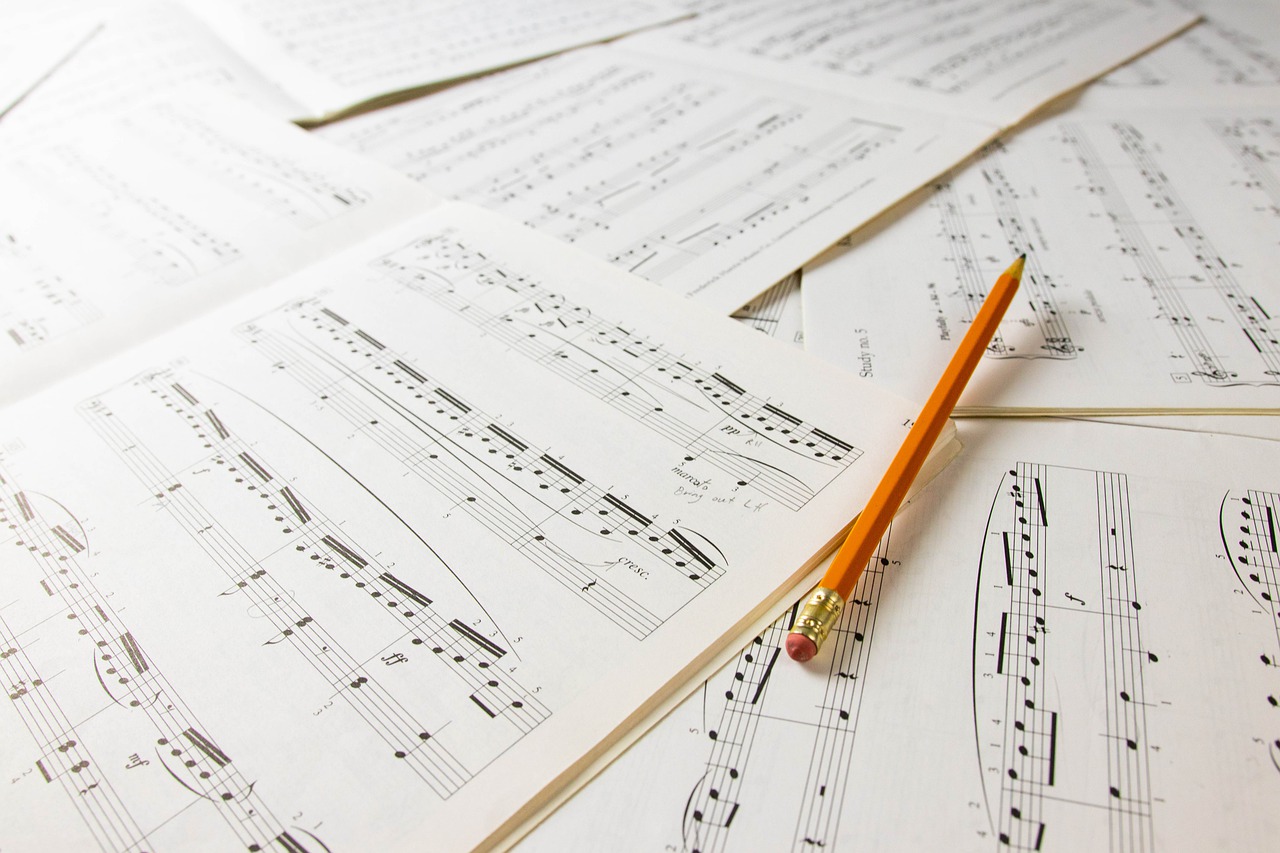Wanting to lay down your own tracks but without access to a professional studio? Do not worry! Every music enthusiasts can now able to record good music quality while even at home.
The Essential Requirements for DIY Music Production
For the basic setup in creating a DIY audio production at home, one must first identify a DIY workstation where an original music came to life. Do not forget the computer system and an audio interface that connects the microphones and other equipments. Cables: for microphones and for guitars and basses must also be included.
The Recording Process
Here is the step-by-step guide in recording music at home:
Setting Up Your Musical Workstation
Familiarize yourself with your chosen workstation interface. Create a new project and set your desired tempo and time signature. Connect your audio interface and ensure your DAW recognizes it.
Recording Instruments and Vocals
- Position your microphone correctly.
- Set your input levels to avoid clipping (distortion).
- Record multiple takes to capture the best performance.
- Learn to use the functions in your music area, such as punch in/punch out, for easy corrections.
Mixing and Mastering
Mixing involves balancing the levels of your tracks, adding effects (EQ, compression, reverb), and creating a cohesive sound. Mastering is the final step, where you optimize the overall volume and clarity of your track.

